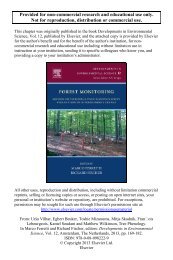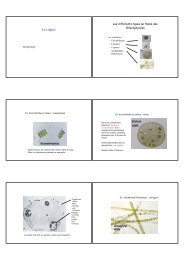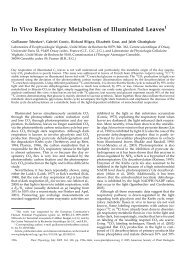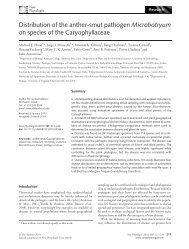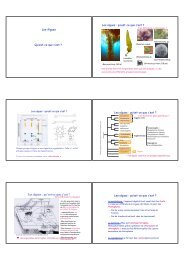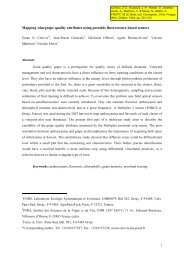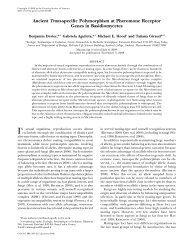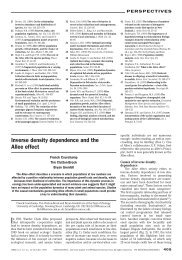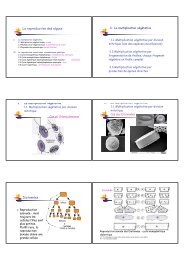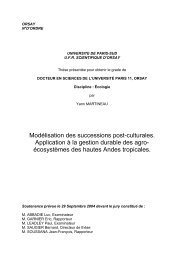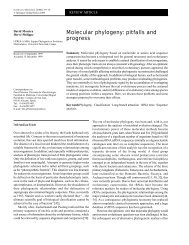Premiers - Outil de Suivi des Contrats
Premiers - Outil de Suivi des Contrats
Premiers - Outil de Suivi des Contrats
You also want an ePaper? Increase the reach of your titles
YUMPU automatically turns print PDFs into web optimized ePapers that Google loves.
Annexe III<br />
_____________________________________________<br />
success and not consi<strong>de</strong>r them separately (Hewavisenthi & Parmenter, 2001; Ji et al., 2001). It<br />
is all the more important that hydric and thermal conditions fluctuate during all the incubation<br />
period within the nest (Packard et al., 1985).<br />
Change in egg mass during the course of incubation<br />
We assumed that changes in egg mass (i.e. egg growth rate) correspond to different quantities<br />
of water absorbed by eggs during incubation time (Ackerman et al., 1985). Whatever the<br />
moisture substrate, we observed a significant egg growth rate over the course of incubation<br />
and these changes were strongly and differentially affected by water potential profile of<br />
substrate during incubation (Figure 1). So, as Cagle et al. (1993), we found that water<br />
potential is a good predictor of water exchanges between eggs and its incubation environment,<br />
affecting strongly changes in egg mass. We found that egg growth rate significantly varied<br />
with the current water potential of the incubation substrate encountered by the egg (see Table<br />
2.1), with a more important gain of water in the wet substrate than respectively in the<br />
intermediate and the dry substrates. We also found that the water exchange between eggs and<br />
the substrate was significantly different between the three periods of incubation (Table 2.1 &<br />
Figure 1). All eggs increased in mass until approximately day 40 of incubation whatever<br />
water potential of substrate, while egg growth rate strongly differed between water potential<br />
treatments in the last period of incubation. These observations are confirmed by a significant<br />
influence of the substrate moistures on egg growth rate only during the two last periods of<br />
incubation time with a stronger effect in the last one (Table 2.1, mo<strong>de</strong>l 2).<br />
In addition, we found a significant interaction between incubation periods and water potential<br />
encountered by eggs (Table 2.1, mo<strong>de</strong>l 1): eggs in wet and intermediate substrates gained<br />
mass continuously during all the incubation, with a higher egg growth rate in wetter substrate.<br />
In contrast, eggs on dry substrate gained mass during the first two-thirds of the incubation and<br />
13



